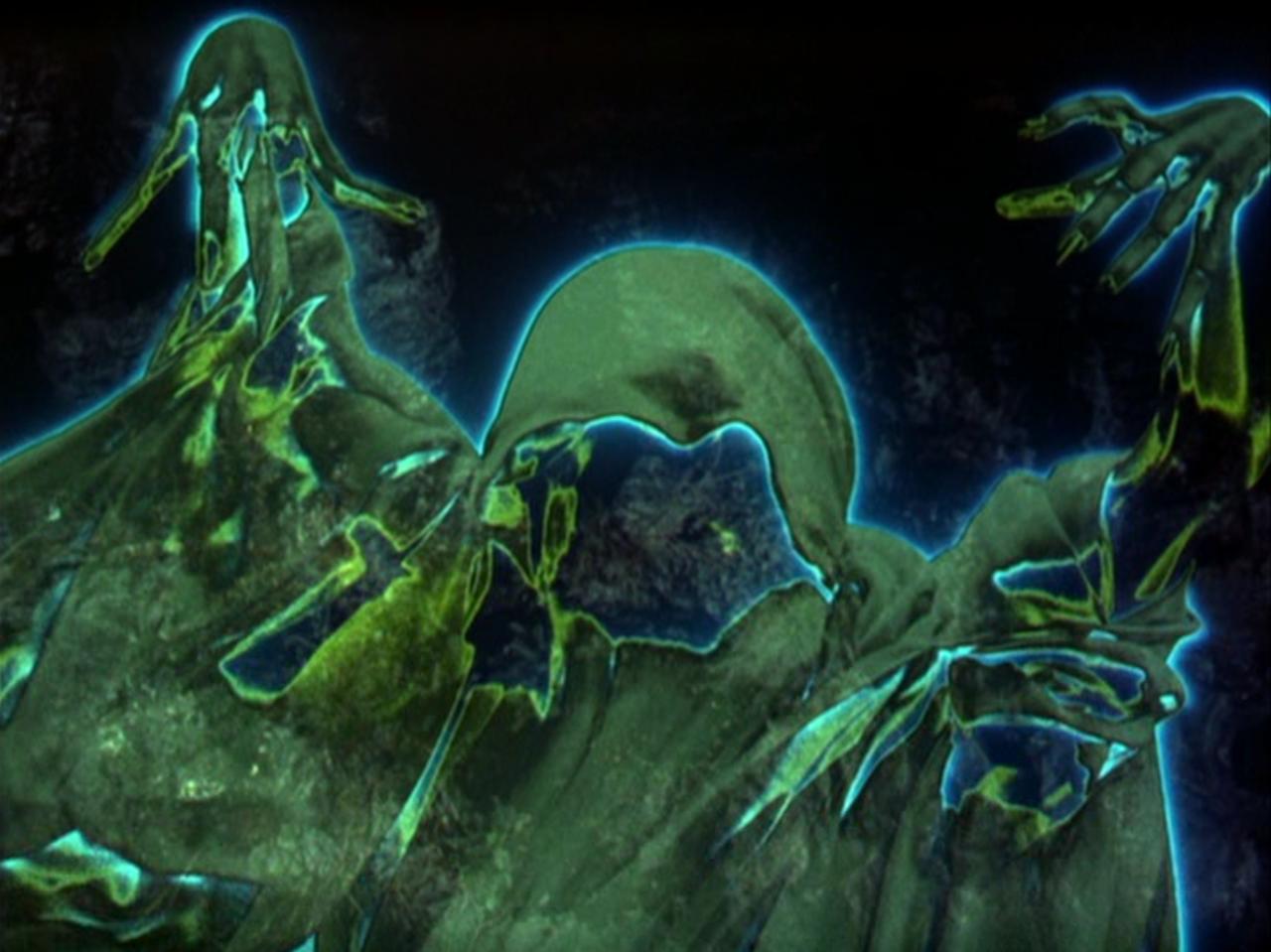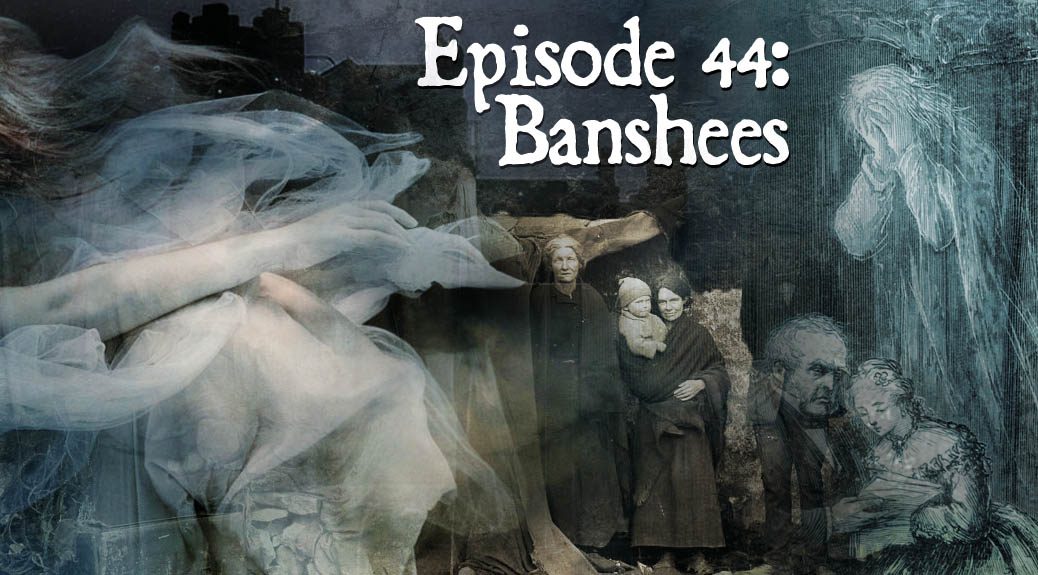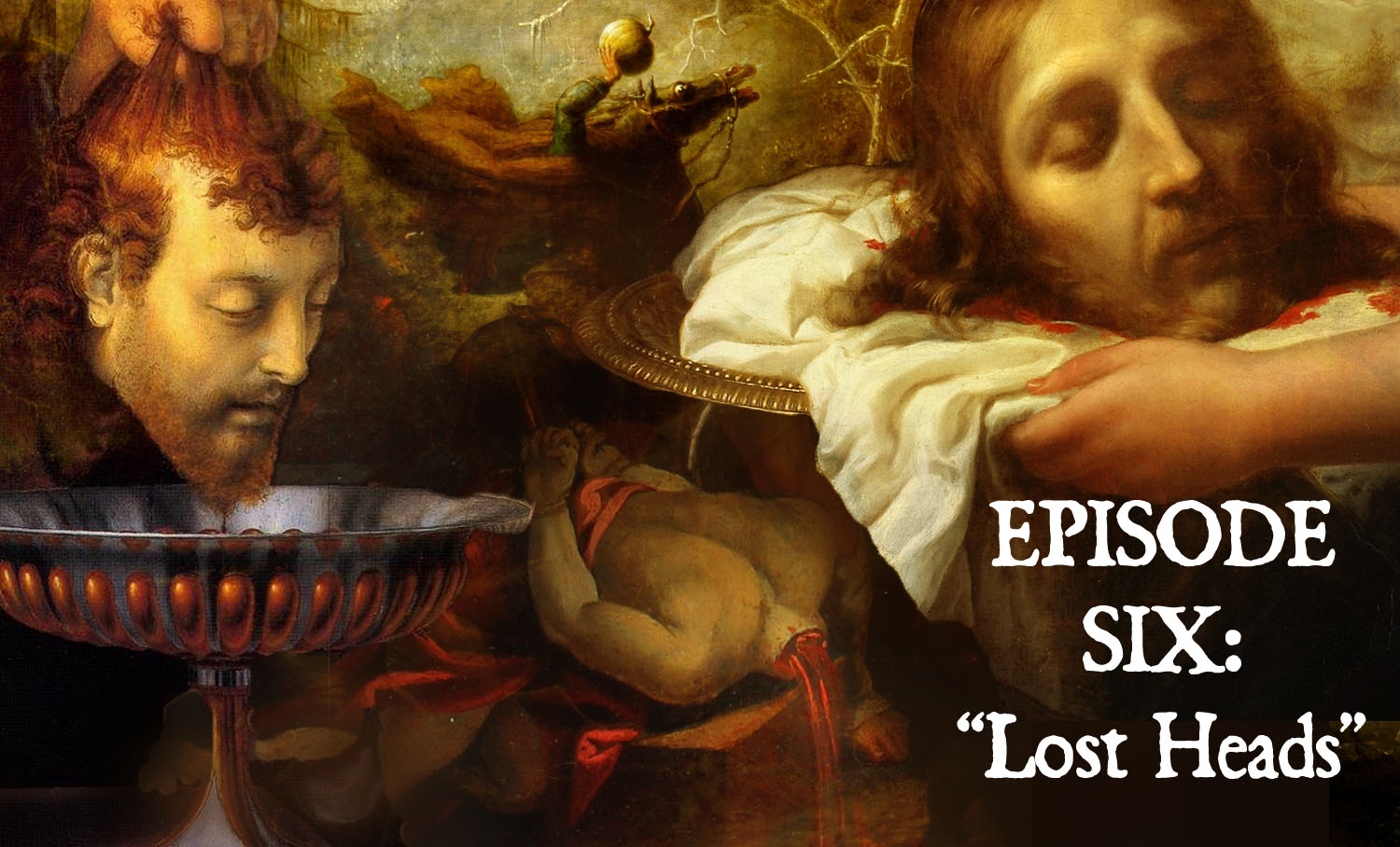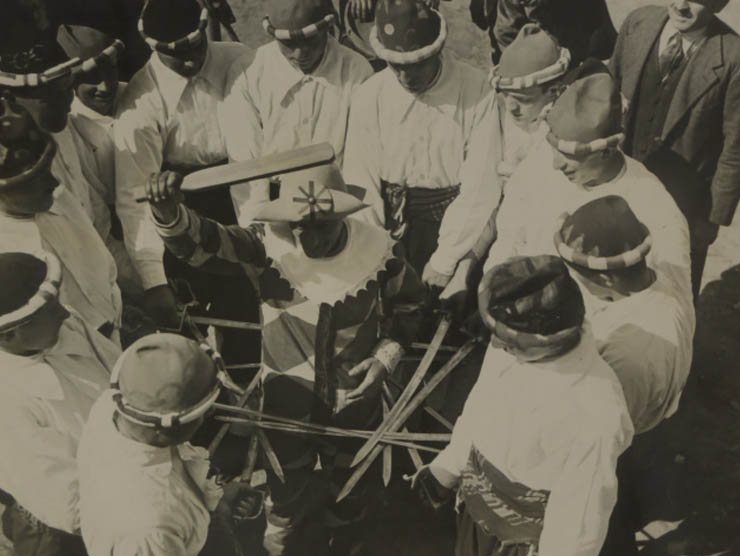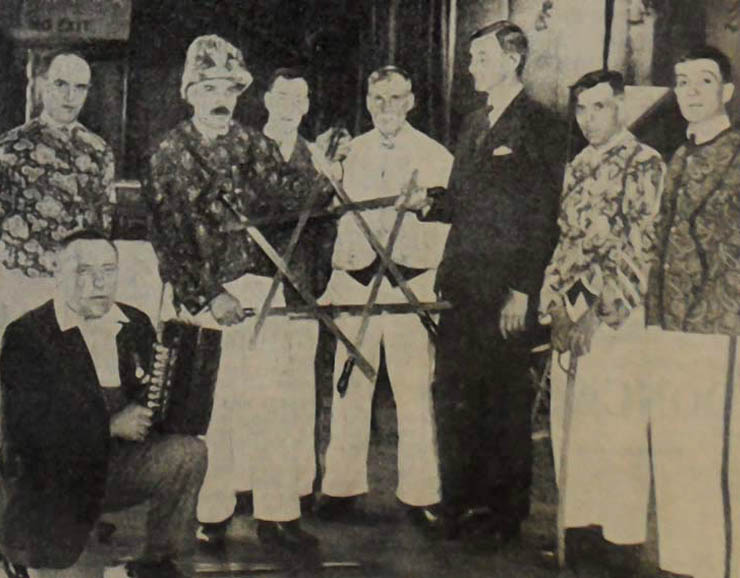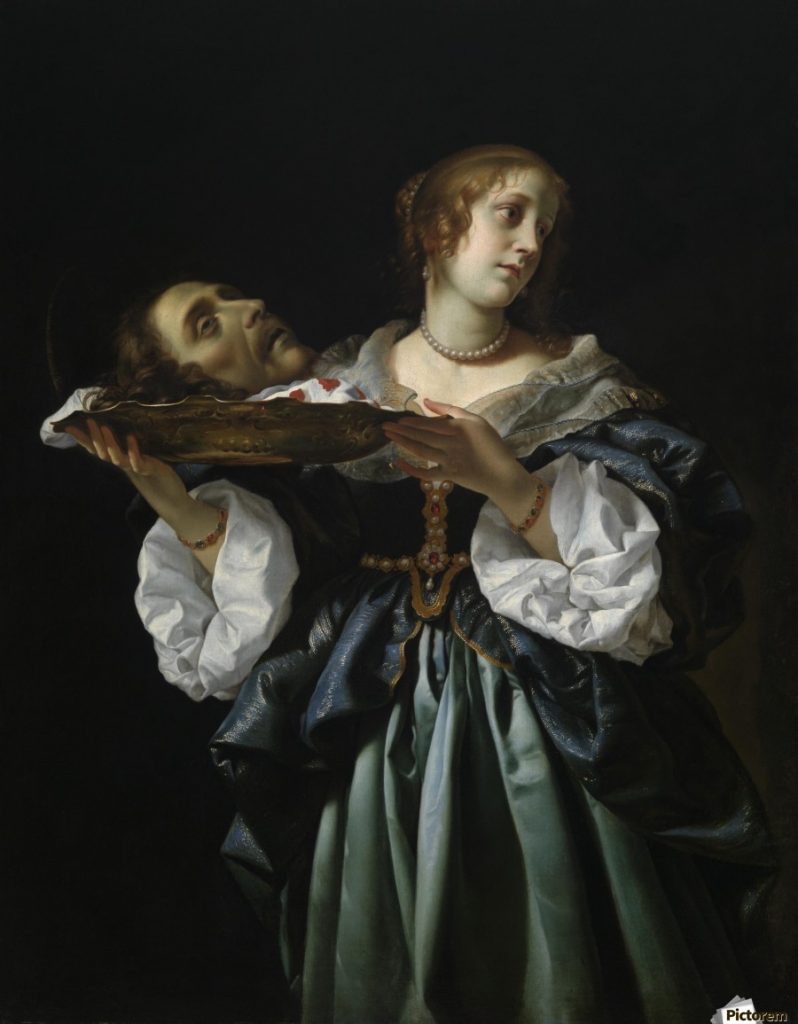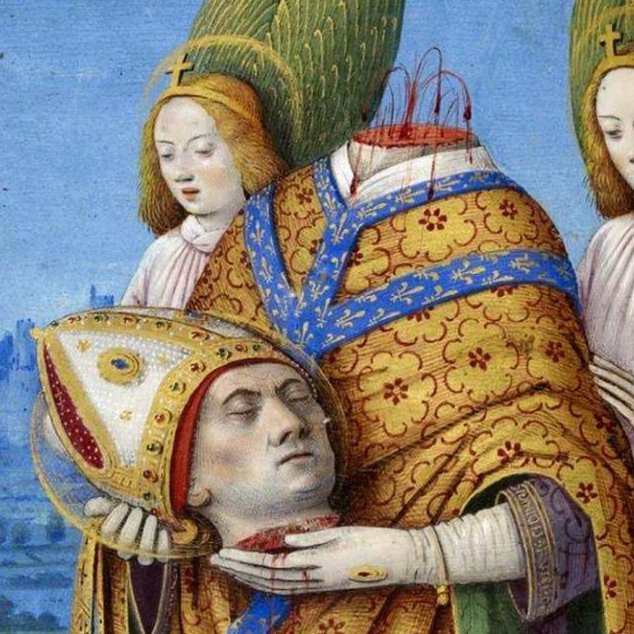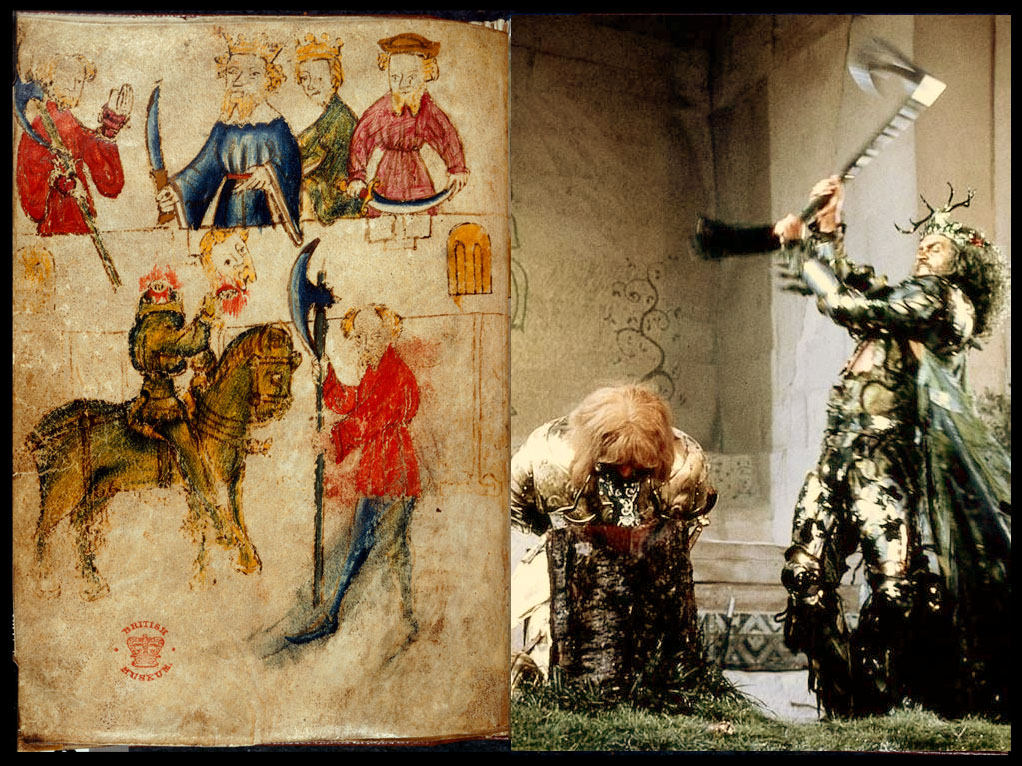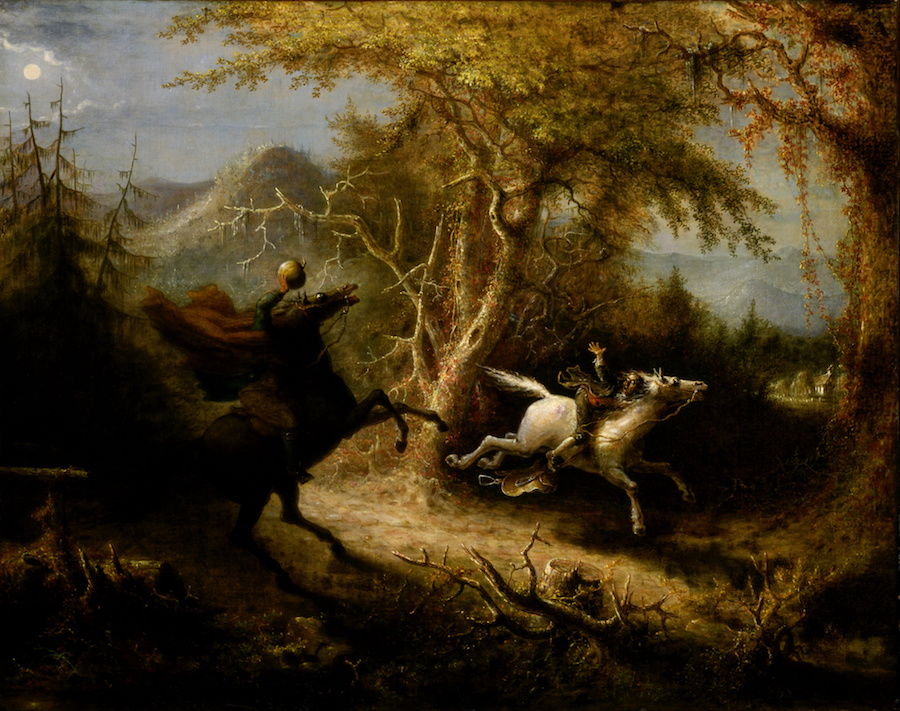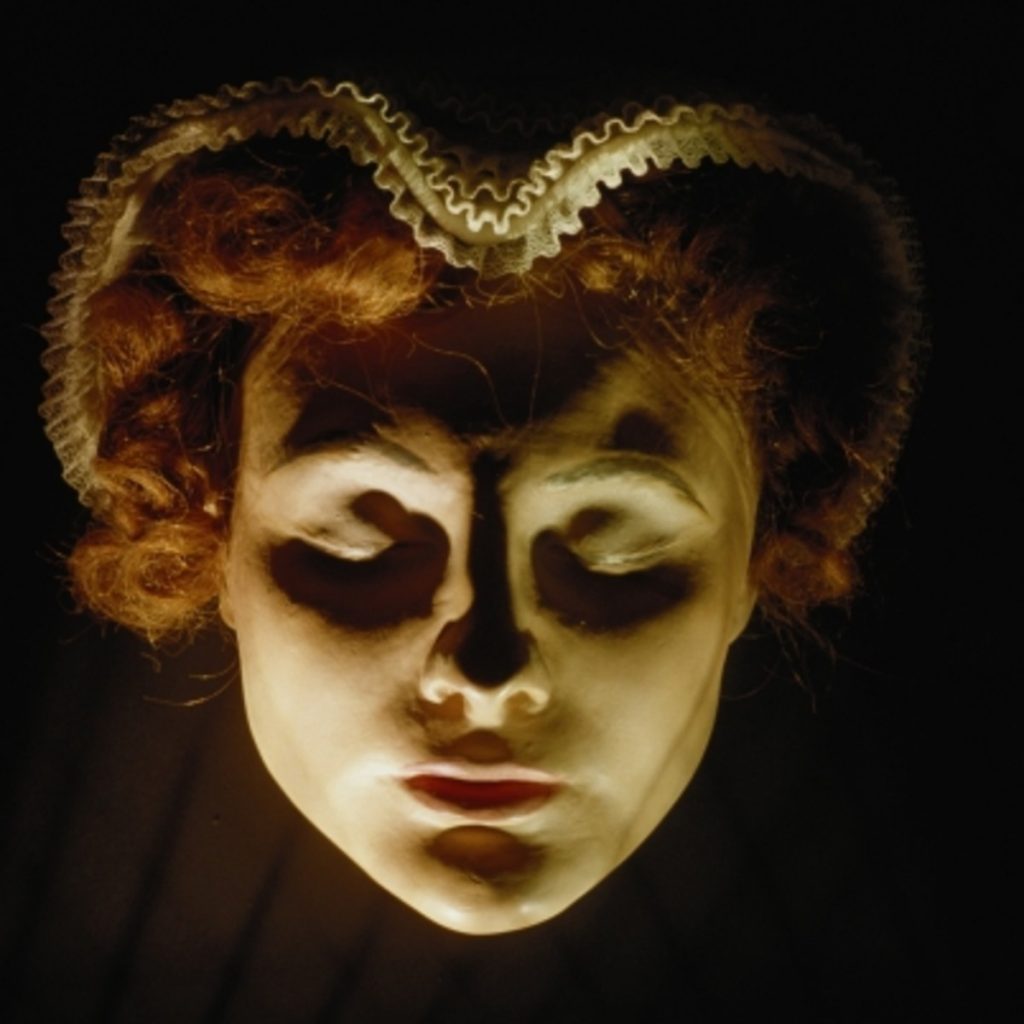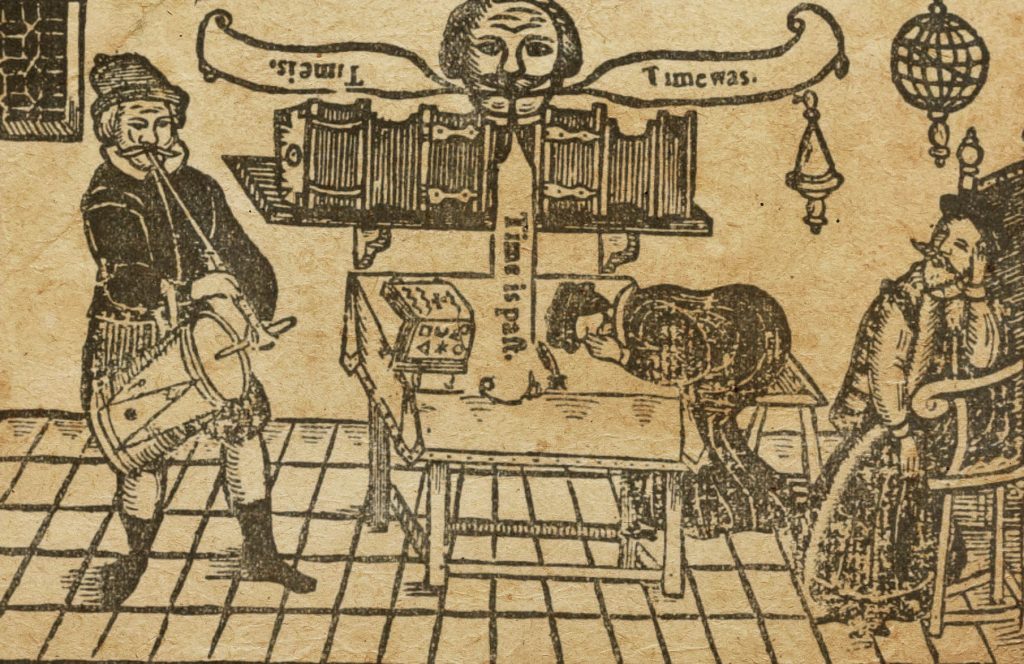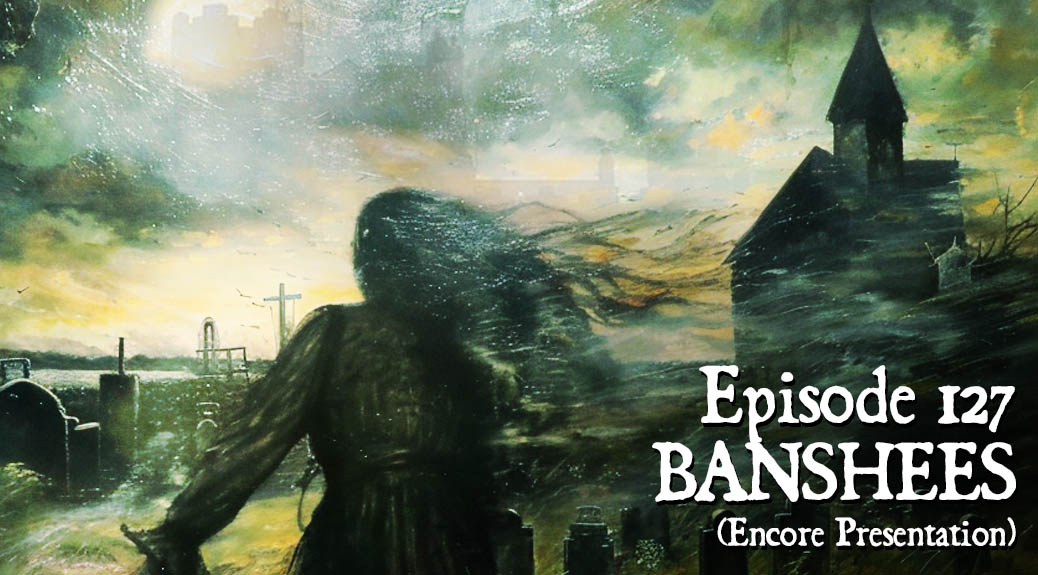
Banshees (Rebroadcast)
Podcast: Play in new window | Download (Duration: 37:39 — 43.1MB)
Subscribe: Apple Podcasts | Spotify | Android | Podchaser | RSS | More
Banshees are spirits of Irish folklore, who warn of impending deaths. Originally considered fairies, their Irish name, bean sídhe, means “woman of the mounds,” those mounds (sídhe) being the ancient burial mounds believed in Ireland to be the home of fairies.
The banshee’s wailing, which betokens imminent death of a blood relative, is probably based upon the wailing of Irish mourners called “keeners,” from the Irish word caoineadh, or “lament.” You can hear some snippets of traditional keeners in this segment, incliuding a 1957 field recording released by Smithsonian Folkways.
Next we look at how the banshee’s appearance and behavior derives in part from that of Irish keeners, including some odd details having to do with petticoats. Her origins in the fairy world also has often suggested that she may be small of stature. We also examine some folktales involving combs lost by or stolen from banshees, and what you should or should not do should you find one.
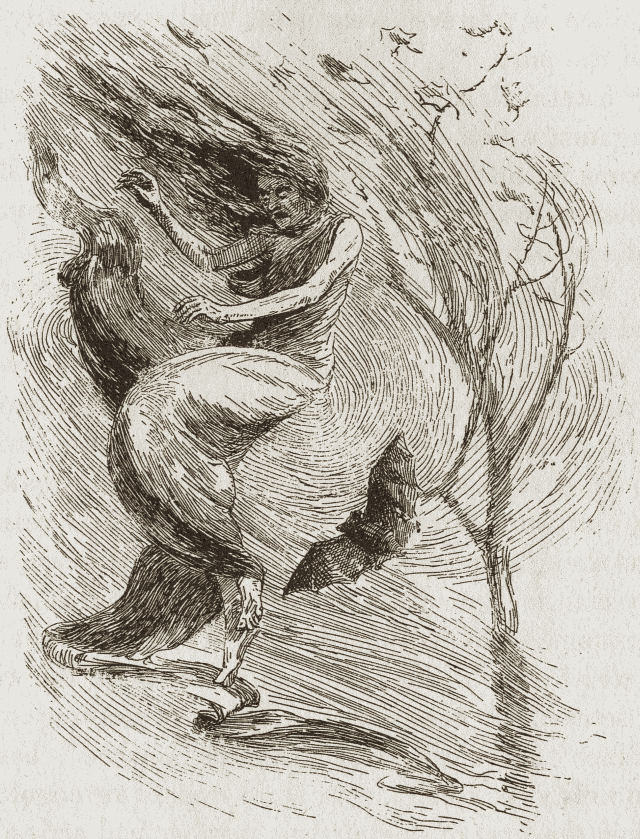
While the banshee is attached strictly to particular families, she is not bound to the Emerald Isle. We hear some accounts of her following travelers to other countries, including a surprising tale involving a party aboard an Italian yacht.
The figure, as she’s known today, receives no mention in print until the 17th century. Mrs. Karswell reads for us what is probably the earliest account, retelling an incident experienced by Lady and Sir Richard Fanshawe, an English ambassador and his wife visiting Ireland.
This account also introduces the notion that a banshee may not originate in the fairy world, but may also be a vengeful ghost. We hear another tale in this mode associated with Dunluce Castle in County Antrim, a location known for its “banshee room,” a feature duplicated in Shane’s Castle, about an hour to the south. Both of these castle banshees are sometimes called “the red sisters,” so named for the color of their hair.
After a brief side trip to make note of figures similar to the banshee in Scotland (the caoineag) and Wales, the cyhyraeth and gwrach y rhibyn, we turn to older figures of the fairy realm regarded as banshees, but rather different from the figure born in the Early Modern Period.
The first of these is Clíodna, who was known as the queen of the banshees of southern Ireland, particularly the province of Munster. Unlike the modern banshee, a solitary figure who does little more than wail and make those well-timed appearances, Clíodna engages in romantic affairs, including a romantic rivalry with her banshee sister Aoibhell, a matter culminating in a magical battle with both transformed into cats.
Aoibhell also appears in an important story about Brian Boru, founder of the O’Brian Dynasty, whose army defeats an alliance of Vikings and Irish lords fought at the Battle of Clontarf, near Dublin in 1014. While Boru’s forces are victorious, he and his son are visited by Aoibhell, who heralds their deaths not with a wail, but music played on her harp from the fairy world. We hear a similar story about the Irish hero and demi-god Cúchulainn encoutering Aoibhell as a death omen.
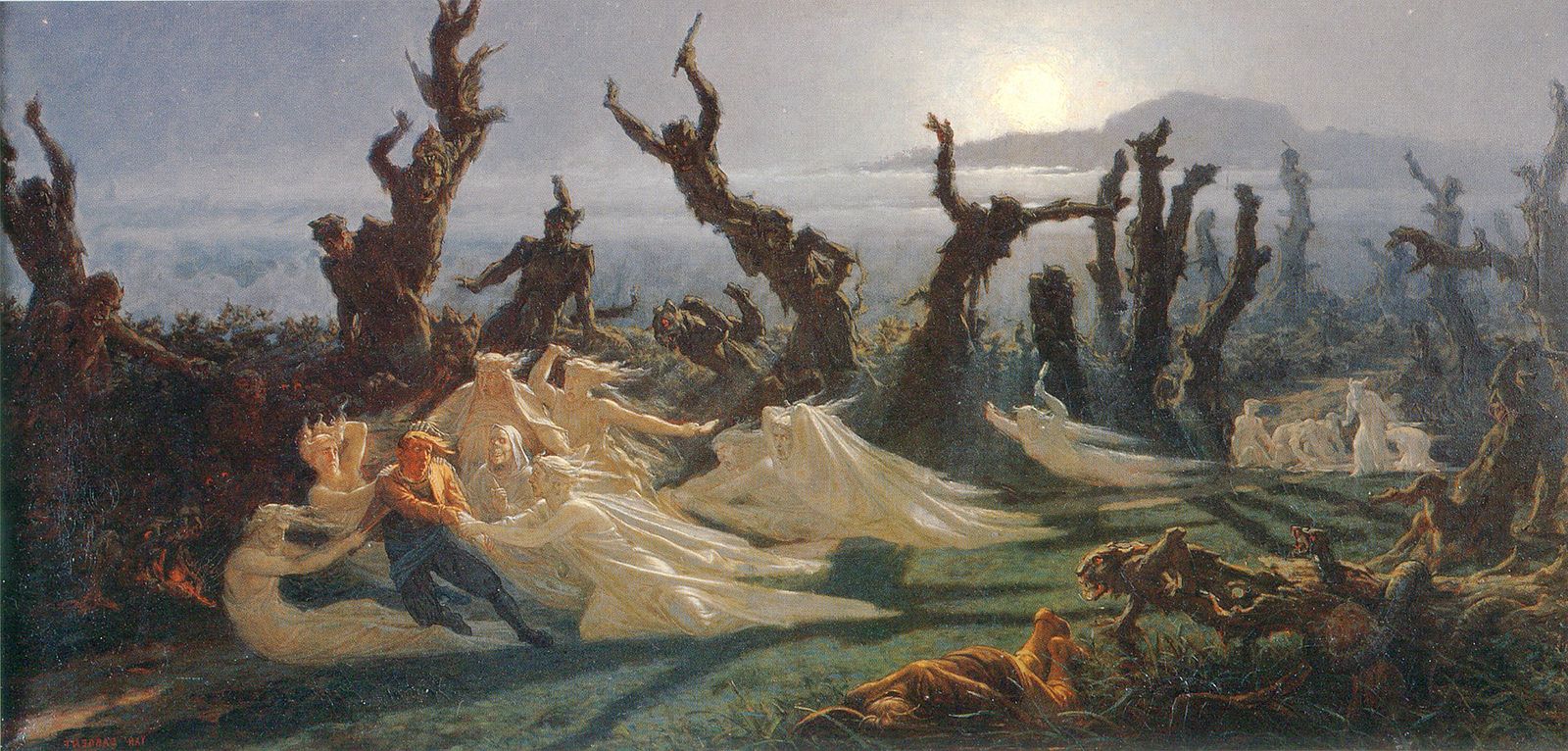
Cúchulainn also encounters a banshee-like figure of the type folklorists call, “the Washer at the Ford,” or in Celtic regions elsewhere, like Celtic Britanny, “the Midnight Washer.” The figures appear at lonely bodies of water washing bloody shrouds, or often armor, as they are particularly inclined to predict the deaths of soldiers and armies. We hear a particularly splendid account of one such figure from the 12th-century Triumphs of Torlough — one, which in its generous use of horrific adjectives sounds as if it were written by H.P. Lovecraft.
The episode ends with a quick look at a couple cinematic bamshees, including one which has earned a place in the nightmares of children encountering it in the 1950s-70s. The two movies we hear bits of are Damned by Dawn and Darby O’Gill and the Little People.
